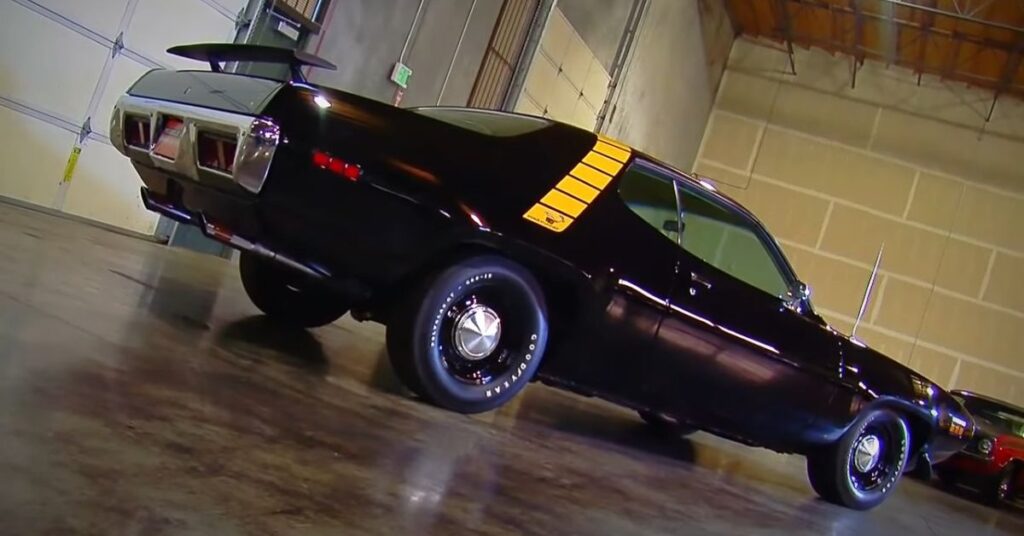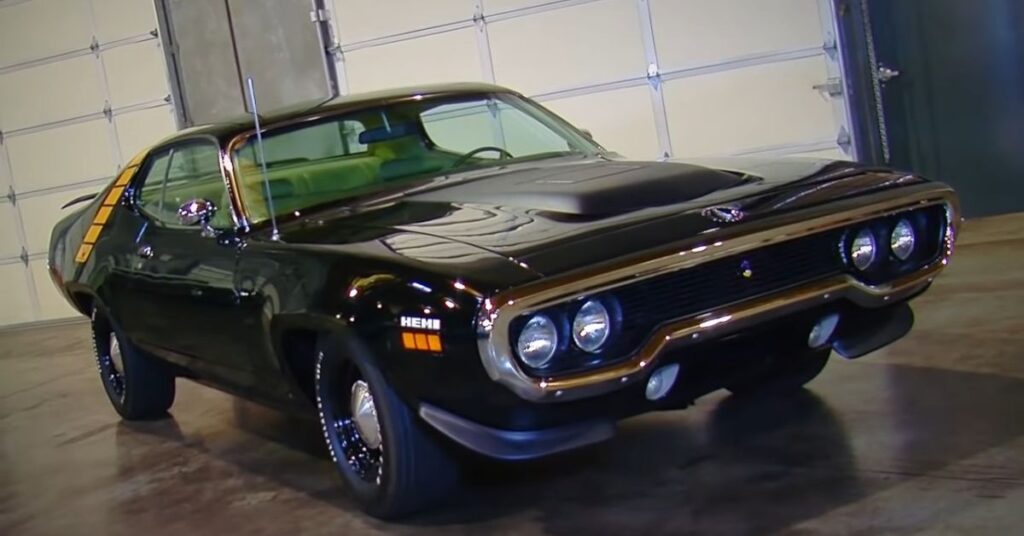In this week’s episode of Muscle Car Of The Week, we take a closer look at a true American classic: the 1971 Plymouth Road Runner with a mighty 426 Hemi engine. This particular Road Runner is a force to be reckoned with, boasting both style and power. Join us as we explore the intricate details and remarkable features that make this muscle car a standout in automotive history.
Redesigned Aerodynamics for Enhanced Performance
The 1971 Road Runner showcased a brand-new design, featuring improved aerodynamics to enhance its overall performance. Plymouth focused on creating a sleek and rounded profile, departing from the previous sharp-edged styling of the Road Runner. One notable aerodynamic improvement was the fit of the bumpers, seamlessly blending with the fenders and hood. The flush side marker lights and smoother door handles further contributed to the car’s streamlined appearance.
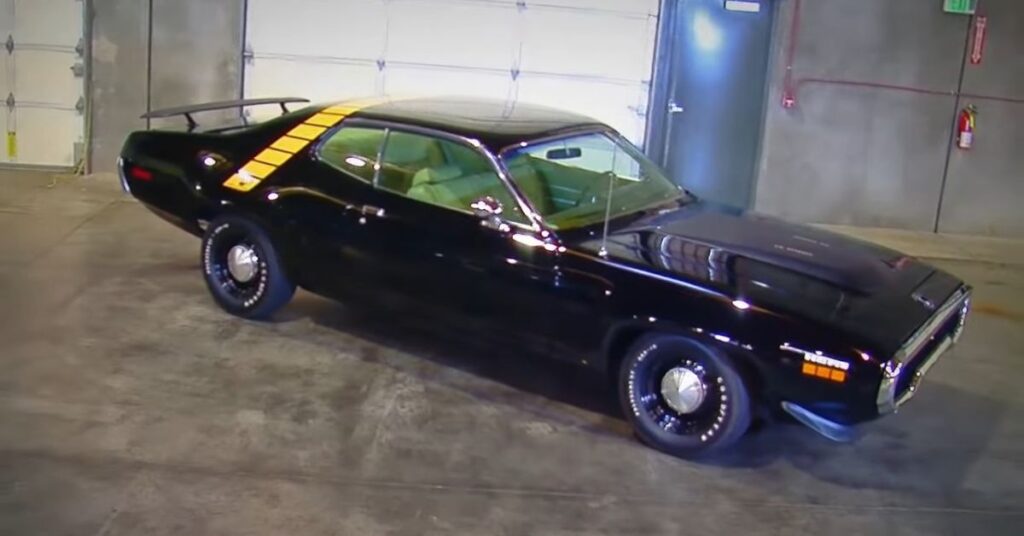
Sinister Appearance and Striking Design
Dressed in a sleek black exterior finish, this Road Runner exudes a menacing presence on the road. The gold reflective Hemi stripes running over the car’s top add a touch of elegance to its aggressive stance. A lower chin spoiler was incorporated into the front design, ensuring stability even at high speeds.

Paying homage to its predecessors, Plymouth included the iconic strobe stripe over the roof, reminiscent of the previous year’s AAR Cudas. The car also features the distinctive air grabber hood scoop and the coyote duster scoop, adding to its overall appeal.
Unleashing the Power of the 426 Hemi Engine
Underneath the hood lies the heart of this beast—a 426 cubic inch Chrysler Hemi engine. Generating an impressive 425 horsepower at 5,000 rpm and 490 foot-pounds of torque at 4,000 rpm, the 426 Hemi is a true powerhouse
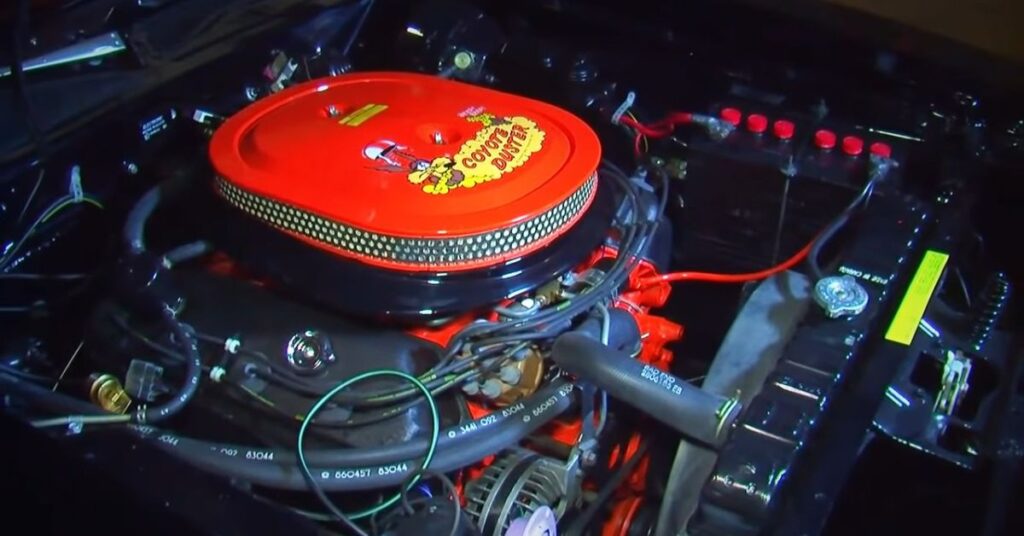
. One notable aspect of the 1971 model year is that the Hemi engine retained its higher compression ratio, unlike other engines of the time that were detuned due to insurance company pressures and performance limitations. Equipped with dual four-barrel Carter carburetors and a long-duration, high-lift camshaft, the Hemi engine leaves no room for disappointment.
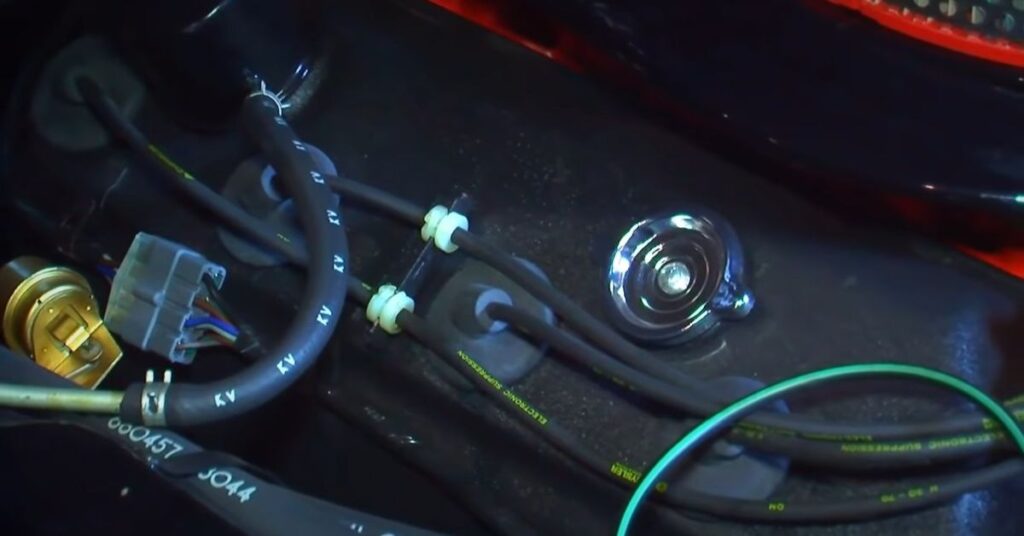
The 1971 Plymouth Road Runner with the 426 Hemi engine had a limited production run, making it an exclusive and highly sought-after vehicle. Out of the total production, only 55 cars were manufactured, with 28 equipped with a four-speed manual transmission and 27 with an automatic transmission.
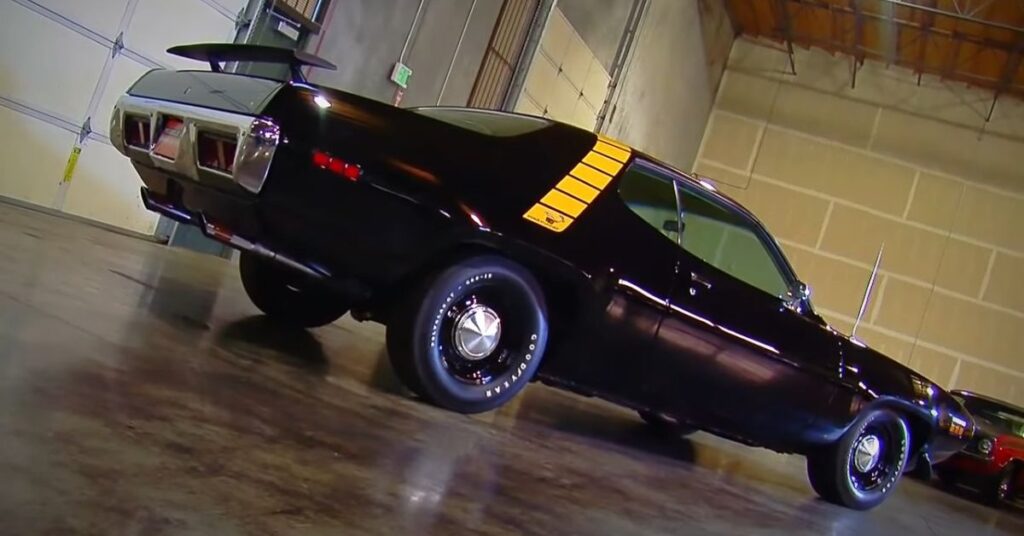
This particular Road Runner, built for speed, comes with a Dana 60 rear-end featuring a 4.10:1 rear gear ratio. Its purpose was clear—to burn rubber or achieve remarkable speeds on the open road.
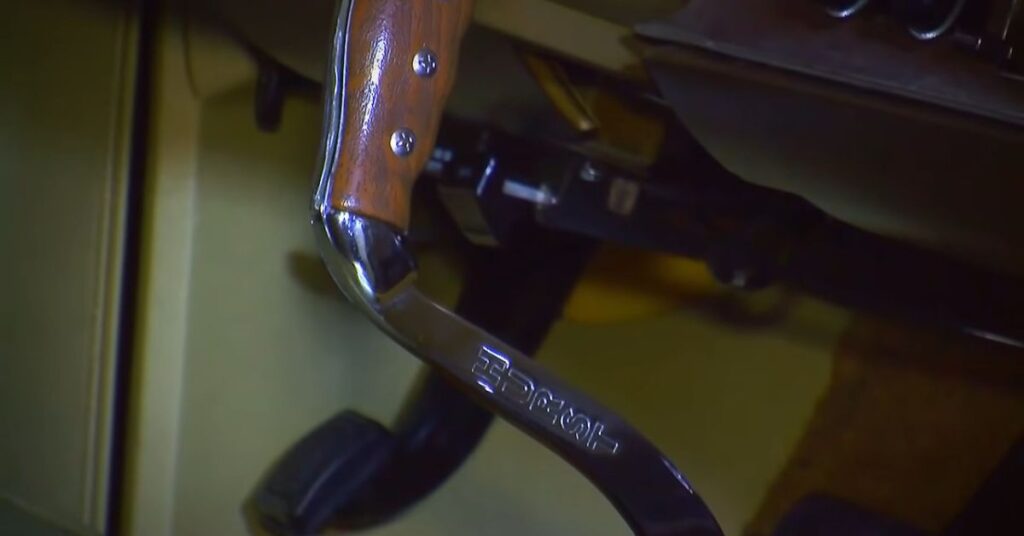
Impact of Changing Times and Challenges Faced
The 1971 model year witnessed a decline in performance numbers for several reasons. Insurance companies exerted pressure on manufacturers to reduce the power output of their cars to discourage street racing and accidents.
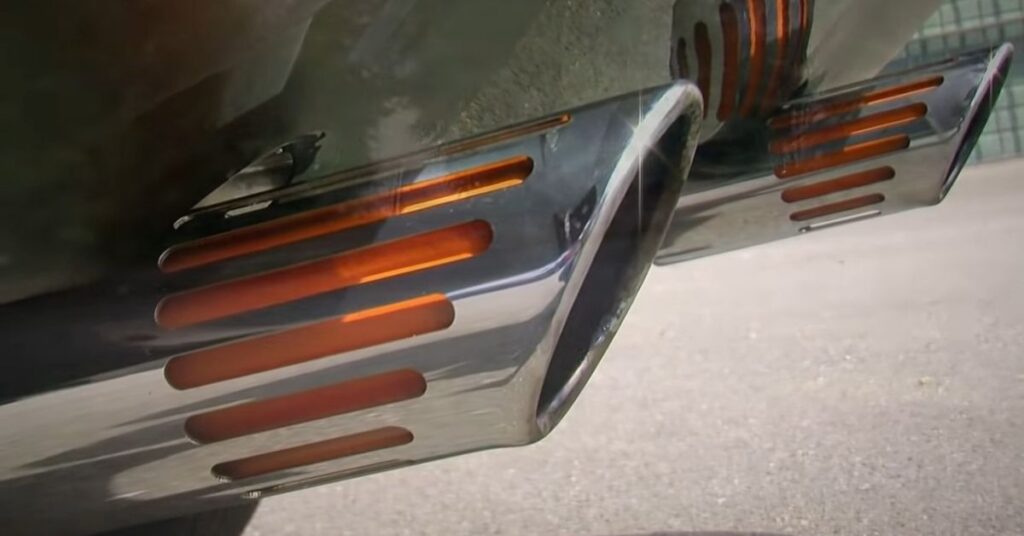
As a result, most engines, such as the 383 and 440, suffered from reduced compression ratios. However, the 426 Hemi engine retained its 10.2:1 compression ratio, maintaining its original power levels. Additionally, the transition from gross to net power ratings in 1971 further affected performance numbers. The rising gas prices and the looming gas crisis also had a significant impact on sales and the overall muscle car market during this time.
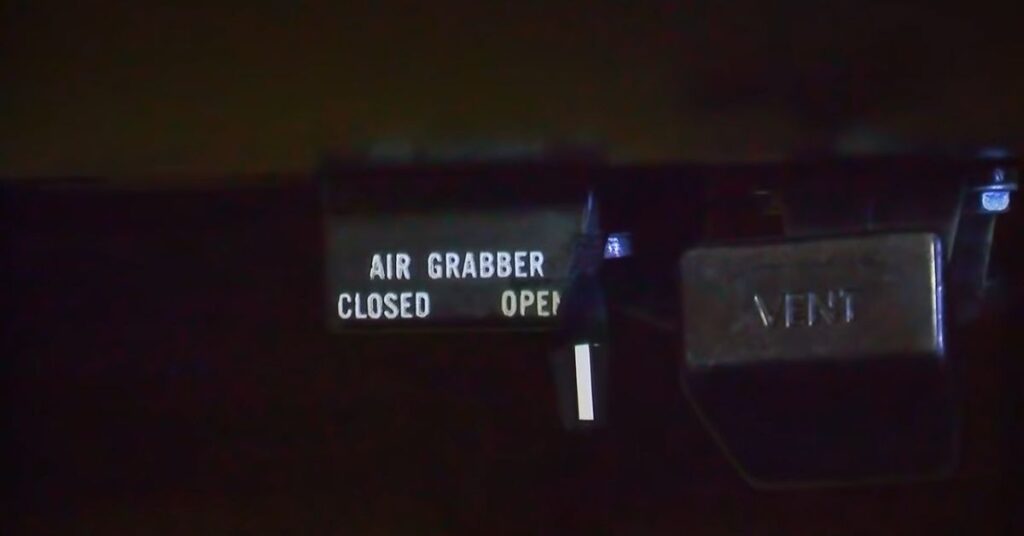
Attention to Detail and Minimal Luxury Options
Inside the cabin, the 1971 Road Runner exudes a blend of classic design elements and simplicity. The bench seat, upholstered in gold, complements the car’s exterior color scheme. The pistol grip four-speed shifter adds a touch of sportiness and nostalgia, allowing drivers to experience the true joy of shifting gears.

The functional air grabber hood scoop serves as a reminder of the car’s performance-oriented nature. As a dedicated muscle car, the 1971 Road Runner was built with minimal luxury options, focusing primarily on performance and speed.
Car headlights
Car headlights play a crucial role in ensuring safety and visibility on the road. Modern vehicles are equipped with advanced headlight systems that provide improved illumination in various driving conditions. From traditional halogen headlights to more advanced options like LED and HID, automotive lighting technology has come a long way. These headlights not only enhance the driver’s visibility but also contribute to the overall aesthetics of the vehicle. With their sleek and modern designs, headlights have become an important element of a car’s exterior styling.
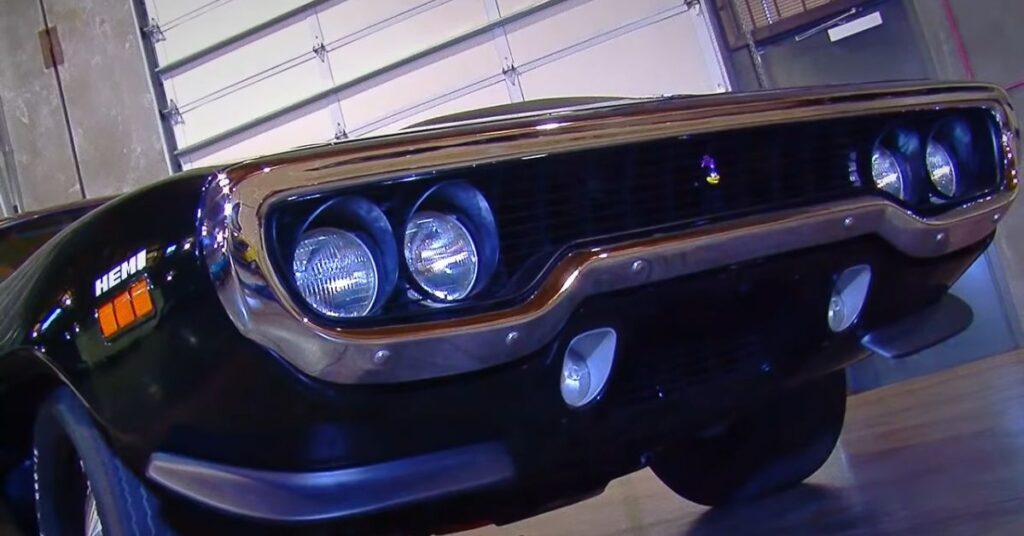
One of the key benefits of newer headlight technologies is their enhanced brightness and range. LED headlights, for example, offer a bright and focused beam of light, allowing drivers to see further down the road. This improved visibility is especially beneficial during nighttime driving or in adverse weather conditions. Furthermore, LED headlights have a longer lifespan compared to traditional halogen bulbs, reducing the need for frequent replacements and maintenance.
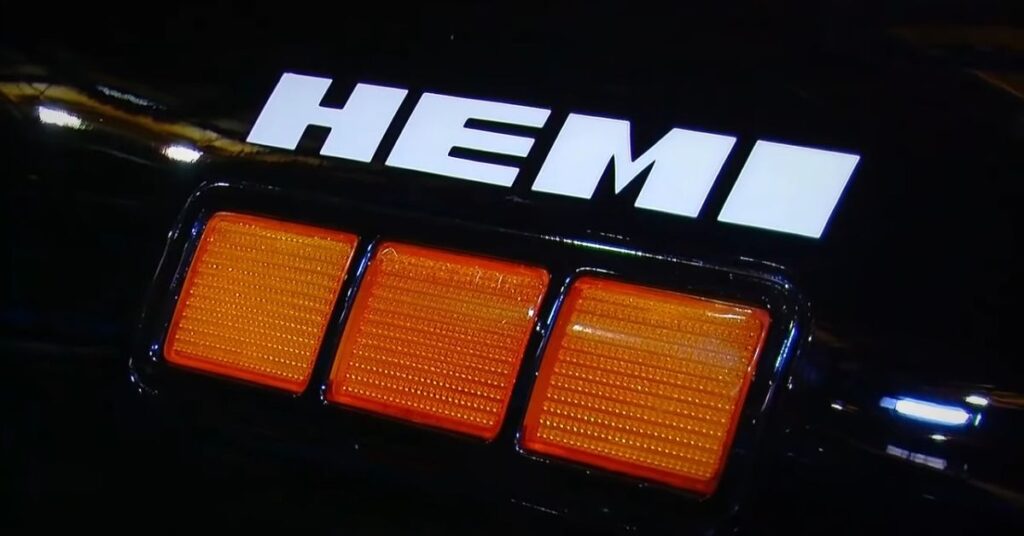
Another significant development in car headlights is adaptive lighting technology. These headlights are designed to adjust their beam pattern and direction based on driving conditions. Adaptive headlights can automatically swivel in the direction of a turn, providing better illumination around curves and corners. This feature enhances safety by improving visibility and reducing the risk of accidents. Additionally, some adaptive headlight systems incorporate sensors to detect the presence of oncoming vehicles and automatically adjust the beam intensity or direction to prevent blinding other drivers.
Conclusion
The 1971 Plymouth Road Runner with the 426 Hemi engine represents the pinnacle of American muscle car history. Its redesigned aerodynamics, sinister appearance, and powerful performance make it a standout among its peers. Despite the challenges faced during the era, Plymouth managed to create an exceptional machine that continues to captivate car enthusiasts and collectors today. With its limited production numbers and unique features, the 1971 Road Runner is an icon that embodies the true spirit of American muscle.
